- - Can You Get the Gastric Sleeve Twice
- - Why Would Someone Consider Having a Gastric Sleeve Twice?
- - How to Fix a Failed Gastric Sleeve?
- - Gastric Sleeve Revision in Turkey
- - How much does a gastric sleeve revision cost in Turkey?
- - Get Gastric Sleeve Revision Confidently With Turkey Luxury Clinics
- - FAQs About Can You Get the Gastric Sleeve Twice
While gastric sleeve surgery is a widely used weight loss procedure that removes about 75–80% of the stomach, it doesn’t always lead to the desired results.
Some patients struggle with limited weight loss, weight regain, or a stretched-out sleeve over time. When that happens, the question naturally arises: Can you get the gastric sleeve twice?
At Turkey Luxury Clinics, we’ll take you through the possible solutions for a failed sleeve gastrectomy, including whether getting a second gastric sleeve is truly an option, and what alternatives might work better for your case.
You can also reach out to us for a free consultation with our bariatric specialists, who will guide you one-on-one to make a truly informed and beneficial decision about the best solution for your case.
Can You Get the Gastric Sleeve Twice
Actually, undergoing a repeated sleeve gastrectomy with the exact same technique and extent of stomach removal as the first procedure is technically not possible. Since 75–80% of the stomach is already removed during the initial surgery, there is typically not enough remaining tissue to perform the operation in the same way again.
However, this doesn’t mean that a failed sleeve with unsatisfactory outcomes cannot be addressed. In fact, a second sleeve—known as a re-sleeve procedure—is one of several revision options available for patients who did not achieve the desired weight loss or experienced complications.
In some cases, the revision may involve converting the original sleeve into a gastric bypass, which can provide better long-term results—especially for those dealing with significant weight regain or severe acid reflux.
Additionally, non-surgical weight loss solutions may also be explored to help enhance weight loss and support patients in overcoming the effects of a failed gastric sleeve, depending on their health status and individual needs. You may like to read how to lose weight 2 years after gastric sleeve with diet tips and approved weight loss programs for weight loss here
Why Would Someone Consider Having a Gastric Sleeve Twice?
Despite the great benefits and high success rate of gastric sleeve surgery—with most patients losing around 50–60% of their excess weight within a year—this success heavily depends on strict dietary habits, regular exercise, and long-term lifestyle changes. Unfortunately, not all patients maintain these changes, which can impact their results over time.
While undergoing a second gastric sleeve—facing the procedure, recovery, and emotional challenges all over again—is far from an easy choice, some patients still consider it.
Patients may consider a resleeve when the initial procedure fails to deliver sufficient weight loss, when weight is regained, or in cases of complications such as leakage, staple line disruption, or gastric pouch dilation.
How to Fix a Failed Gastric Sleeve?
Revision gastric sleeve is a surgical procedure performed to correct issues that may arise after the initial sleeve gastrectomy, including inadequate results or post-surgical complications.
There are several revision options available, and the choice depends on the cause of the failed sleeve as well as the patient’s overall health and weight loss goals.
These options may include resleeve surgery, converting the existing sleeve to a different type of bariatric procedure such as gastric bypass or duodenal switch, or opting for less invasive alternatives like gastric balloon placement or endoscopic procedures, which may be considered for patients who are not ready for another major surgery.
Gastric Sleeve vs. Gastric Sleeve Revision
Gastric sleeve surgery is a common weight loss procedure that involves removing approximately 75–80% of the stomach vertically. It's usually performed laparoscopically and takes about 1 to 2 hours. Recovery time varies, with external incisions healing within 2 weeks and internal staple lines taking 1 to 3 months to fully heal.
In contrast, gastric sleeve revision is more complex. Operating on a stomach that has already been sleeved presents more challenges, such as scar tissue, altered anatomy, and tissue adhesions.
The surgeon must carefully separate the stomach from surrounding tissues, which increases the risk of complications like leaks, bleeding, or infection. Revisions often require longer operating times, longer hospital stays, and extended recovery compared to the initial procedure.
1.Second Gastric Sleeve (Resleeve)
A second gastric sleeve surgery—also called a re-sleeve or revision sleeve gastrectomy—is a potential option for patients who had an initial gastric sleeve but later experienced insufficient weight loss or regained weight over time.
How is resleeve done?
In this procedure, the surgeon reshapes or resizes the existing gastric sleeve to restore stomach restriction and support renewed weight loss. However, since about 70% of the stomach has already been removed in the first surgery, the surgeon can typically remove only an additional 10–15% during a re-sleeve. That’s why this procedure is more limited in scope and may not be suitable for everyone.
Can you undergo a second sleeve?
To qualify for a second sleeve, patients need a comprehensive bariatric surgeon evaluation. Eligibility depends on several factors, including the patient’s current health, weight loss history, and the condition of the existing sleeve. Notably, patients with severe acid reflux (GERD) are generally not candidates for re-sleeve and may be better suited for a gastric bypass revision instead.
Results and success rate of re-sleeve
Success rates for re-sleeve surgery typically range from 60% to 70%, but outcomes vary widely based on the patient’s adherence to a healthy lifestyle, including a balanced diet, regular exercise, and ongoing follow-up.
Risks of re-sleeve
It’s also important to note that while the risks associated with a second sleeve are similar to those of the first surgery, they are generally slightly higher due to the presence of scar tissue and changes in the anatomy.
2.Gastric Sleeve Conversion to Bypass
This is another type of revision bariatric surgery that involves converting a previous sleeve gastrectomy into a Roux-en-Y gastric bypass (RYGB).
The bypass procedure is a two-step weight loss surgery. It involves first creating a small stomach pouch, then rerouting the small intestine. This dual mechanism limits how much food you can eat and reduces how many calories and nutrients your body absorbs—supporting further weight loss and improvement in related health conditions.
Who benefits best from conversion to bypass?
Conversion to bypass is often recommended for patients who have experienced weight regain or suffer from severe acid reflux after a sleeve. It has proven effective in achieving further weight loss and improving GERD symptoms.
Success rate
Conversion to gastric bypass generally results in 60% to 70% excess weight loss, with patients typically losing an additional 10% to 15% of their total body weight. However, the procedure does carry a slightly higher complication rate compared to primary bariatric surgeries.
Discover what are the main differences between gastric sleeve vs. bypass
3.Gastric Sleeve Conversion to Duodenal Switch (DS)
Converting a gastric sleeve to a duodenal switch (DS) is another form of revisional bariatric surgery. In this approach, the original sleeve remains intact, and the surgeon completes the procedure by adding a small bowel bypass.
The DS conversion typically involves a single anastomosis (one intestinal connection), which helps reduce surgical risks.
Converting a gastric sleeve to a duodenal switch is a minimally invasive procedure that is done laparoscopically. It’s considered a relatively low-risk operation and can be especially effective for patients who need further weight loss or better control of metabolic conditions like type 2 diabetes.
4.Endoscopic Sleeve Revision (OverStitch Technique)
Also known as sleeve-in-sleeve revision or revisional endoscopic sleeve gastroplasty, this is a minimally invasive procedure designed to treat patients whose gastric sleeve has stretched over time. Using an endoscope inserted through the mouth, the surgeon places internal sutures or plications to reduce the stomach’s volume—without any external incisions.
This technique helps restore the restrictive function of the original sleeve, allowing patients to feel full more quickly and return to a more effective and manageable diet plan.
5.Gastric Balloon Placement After Gastric Sleeve
Generally Gastric balloon placement is not recommended after gastric sleeve surgery because the new stomach shape is smaller and not well-suited for a balloon. This can lead to discomfort, nausea, or even complications.
However, in rare and carefully selected cases, some surgeons may consider using a gastric balloon as a temporary, non-surgical solution for patients who are not ready for a second operation. It’s not a first-line option and should be evaluated on a case-by-case basis.
Gastric Sleeve Revision in Turkey
Gastric sleeve revision or conversion surgery is absolutely possible in Turkey if you're medically eligible for a corrective procedure.
Whether it's a second sleeve, a bypass conversion, or another revision method, Turkey offers safe and professional options.
Thanks to its advanced healthcare system, experienced bariatric surgeons, and significantly lower costs compared to the US, UK, or other European countries, Turkey has become a top destination for bariatric medical tourism.
Many clinics provide full packages that include hospital stay, pre- and post-operative care, follow-ups, and often accommodation and airport transfers — all while maintaining high standards of safety and success.
How much does a gastric sleeve revision cost in Turkey?
In 2025, the cost of gastric sleeve revision surgery in Turkey typically ranges from $3,000 to $6,500, depending on the type of revision, the clinic’s reputation, the surgeon’s experience, and what’s included in the package.
Many international patients choose all-inclusive medical tourism packages, which often cover hospital fees, surgeon costs, pre- and post-operative care, accommodation, airport transfers, and translation services. These packages usually start from $3,500 and are considered more affordable, cost-effective, and convenient compared to individual service pricing.
When compared to other countries, Turkey offers a significant price advantage for gastric sleeve revision surgery—without compromising on quality, safety, or care standards.
Read more about the cost of gastric sleeve surgery in Turkey and discover the cheapest gastric sleeve surgery in 2025.
Get Gastric Sleeve Revision Confidently With Turkey Luxury Clinics
Confidently begin your second gastric sleeve or correct a failed one with trusted expert guidance. Find the revision method that suits your condition and continue your safe, effective weight loss journey.

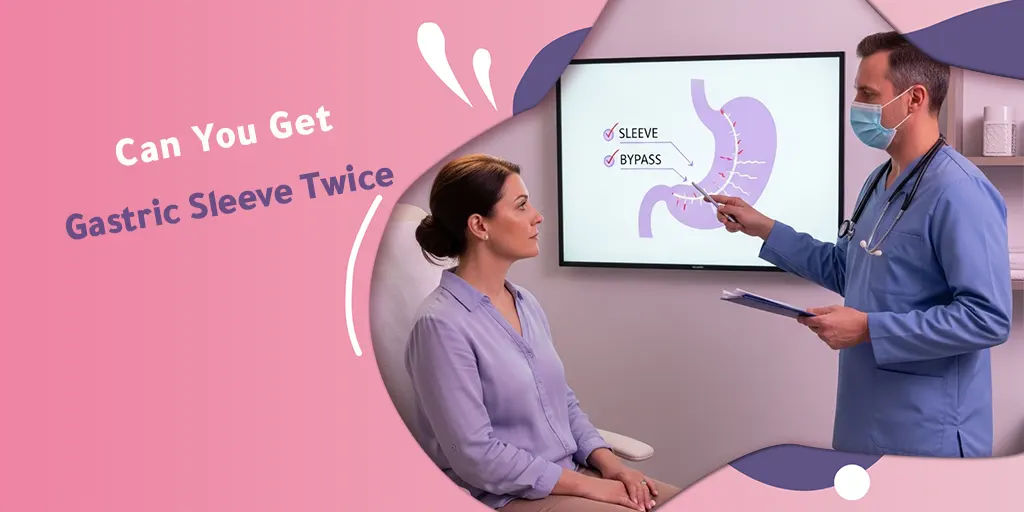


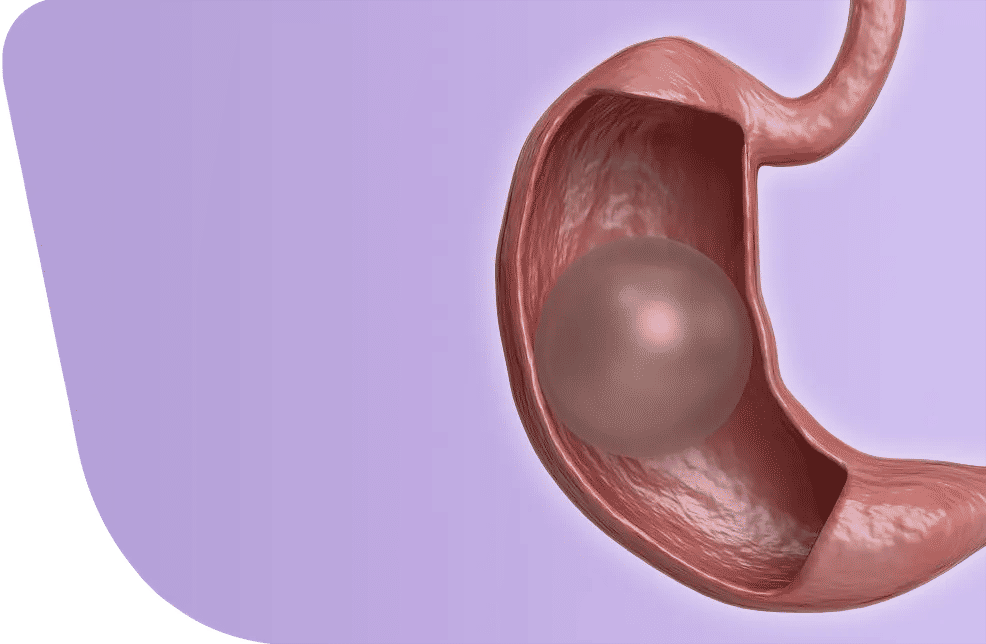
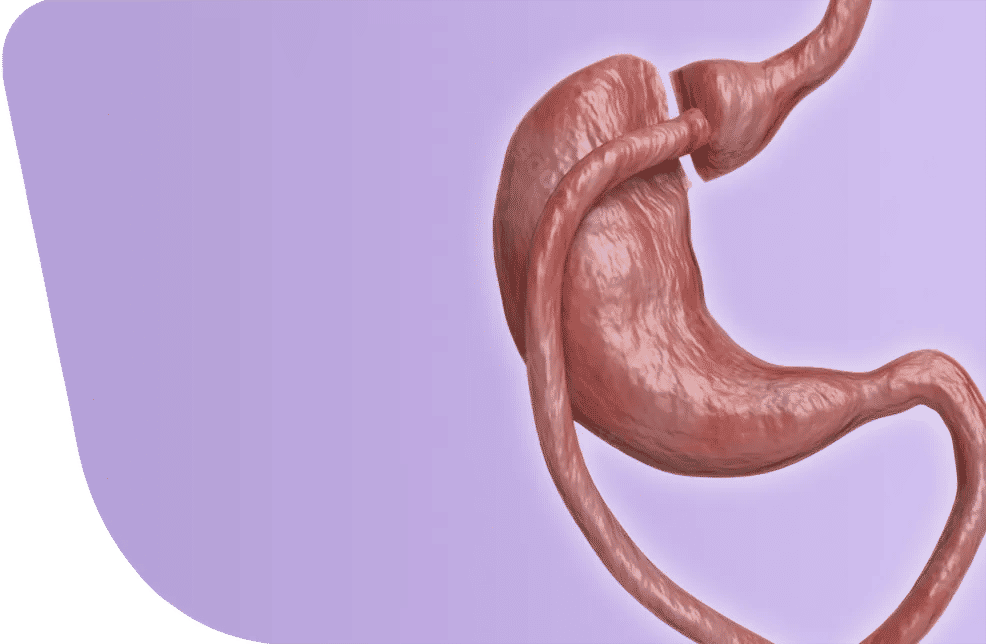

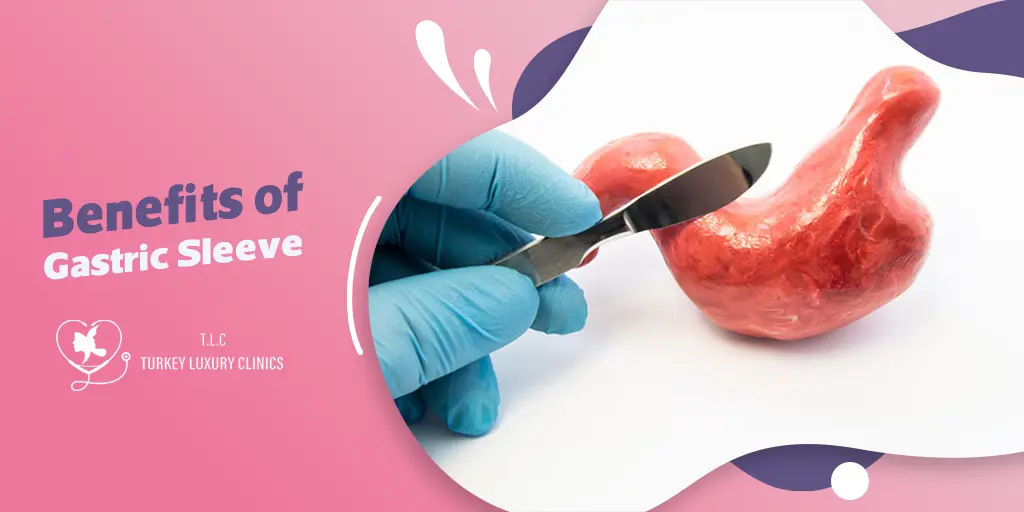

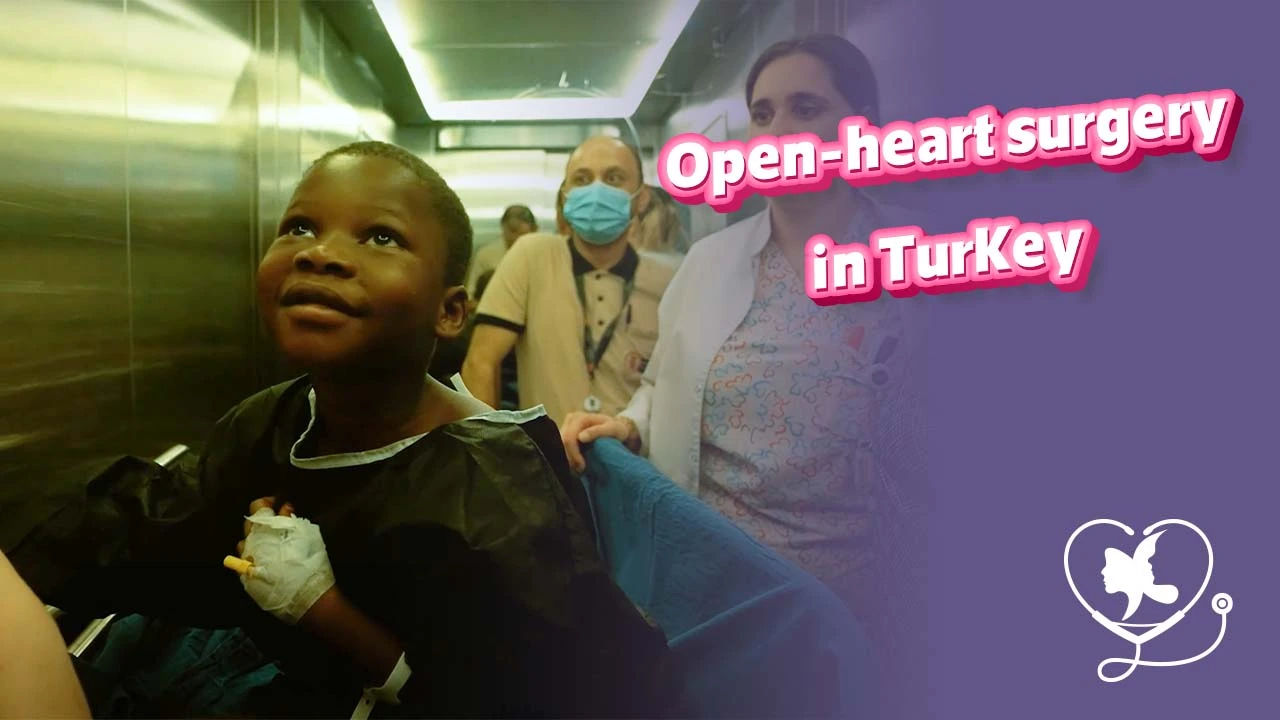


.webp)
.webp)
.webp)
.webp)

